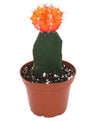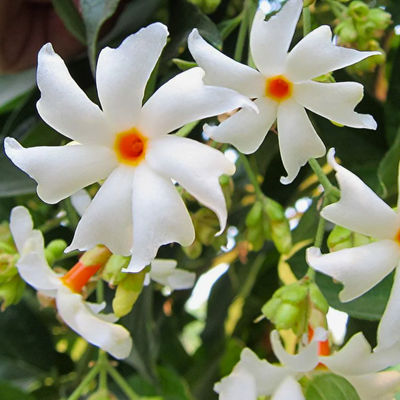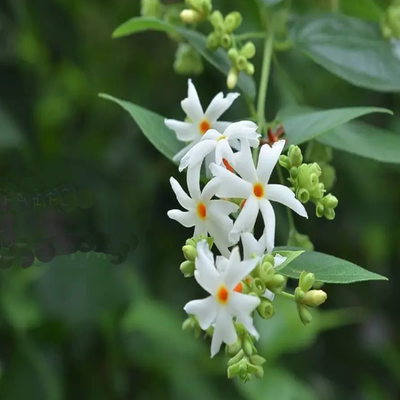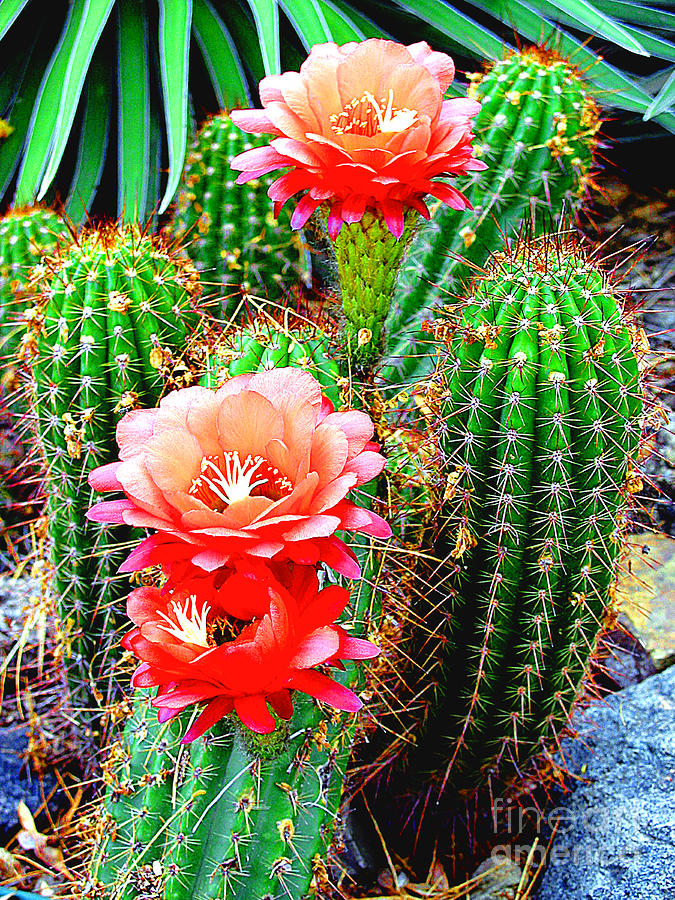
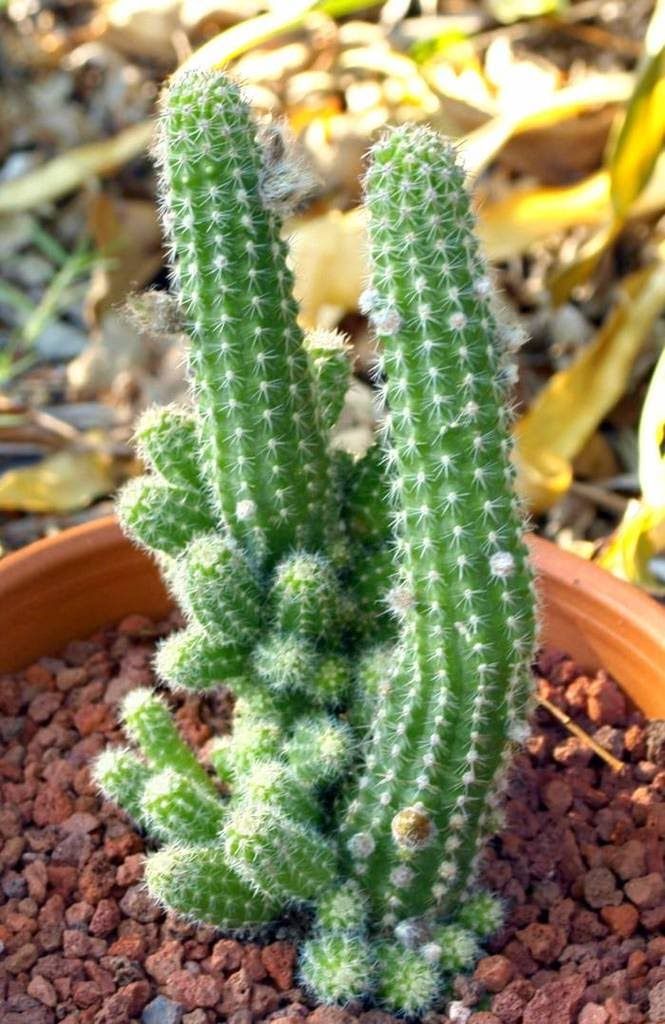
Green Paradise Offers Beautiful Cactus
Plant
About Cactus Plant
Cacti (singular cactus) is a group of succulent plants belonging to the family Cactaceae. They are known for their unique appearance, water-storing abilities, and adaptability to arid environments. Cacti are primarily found in the Americas, from the southernmost regions of South America to the southwestern United States and Mexico. A few species have also been transplanted to other continents.
Here are some key characteristics of cactus plants:
Succulent Features:
- Cacti are classified as succulents due to their ability to store water in their thick, fleshy stems and leaves.
- This adaptation allows them to survive in extremely dry and hot environments with limited rainfall.
Modified Leaves:
- Instead of traditional leaves, most cacti have evolved spines or thorns.
- These structures serve multiple purposes, such as reducing water loss by providing shade and reducing the surface area exposed to the sun, as well as protecting the plant from herbivores.
Water Storage:
- Cacti store water in their stems, which allows them to survive long periods without rainfall.
- During times of drought, cacti will use up their stored water to sustain themselves.
Shallow Root Systems:
- To quickly absorb water from rain or dew, cacti often have shallow but extensive root systems that spread out wide to maximize water collection.
Flowering Plants:
- Cacti produce stunning and often colorful flowers.
- The flowers are usually located at the top of the plant, and they attract pollinators like bees, birds, and bats.
Wide Variety of Shapes and Sizes:
- There are thousands of cactus species, ranging from small, round globular forms to tall, columnar shapes.
- Some cacti grow to just a few centimeters in height, while others can reach towering heights of several meters.
Habitats:
- Cacti are commonly found in desert and arid regions, but some species can also be found in forests, grasslands, and coastal areas.
Cultural Significance:
- Cacti have played important roles in the cultures of indigenous peoples in the Americas.
- They have been used for food, medicine, and materials for crafting.
Popular Houseplants:
- Many cactus species have become popular as houseplants due to their low-maintenance requirements and unique appearance.
It's essential to note that while some cacti are known for their beauty and ease of care, they are not suitable for every environment or climate. When considering growing a cactus, it's essential to understand the specific needs of the species and provide the appropriate care to ensure its health and survival.
How To Grow Cactus Plant
Growing a cactus plant can be a rewarding and low-maintenance experience.
Here are some general guidelines to help you grow a healthy cactus:
Choose the right cactus:
- There are various types of cacti available, each with different care requirements.
- Some common types include the prickly pear, barrel cactus, and Christmas cactus.
- Select a cactus that suits your climate and matches your level of experience as a gardener.
Provide proper sunlight:
- Most cacti need plenty of sunlight to thrive.
- Place your cactus in a location where it can receive at least 6 hours of direct sunlight each day.
- If you keep it indoors, choose a sunny windowsill.
Use well-draining soil:
- Cacti prefer sandy or rocky soil that allows water to pass through quickly.
- You can buy cactus potting mix from garden centers or create your own by mixing regular potting soil with sand or perlite.
Water sparingly:
- Cacti are adapted to survive in arid environments, so they don't require frequent watering.
- Between waterings, let the soil totally dry out.
- During the growing season (spring and summer), you may water once every 2-4 weeks.
- In the winter, cut back on watering to once every 4-6 weeks.
Avoid overwatering:
- Overwatering is the most common mistake in caring for cacti.
- Too Important water can beget root spoilage and lead to the death of the factory.
- Always err on the side of underwatering; allow the soil to totally dry out in between waterings.
Consider the humidity:
- Cacti are generally comfortable in low-humidity environments.
- If you live in a very humid area, ensure proper ventilation and avoid placing the cactus in a closed, overly humid space.
- Use a well-draining pot Factory your cactus in a pot with drainage holes to help water from pooling at the bottom.
- Excess water should be able to escape, allowing the soil to dry out properly.
Fertilize sparingly:
- Cacti have modest fertilizer needs. During the growing season, you can apply a diluted, balanced fertilizer once every 4-6 weeks.
- However, it's optional, and many cacti can thrive without fertilization.
Pruning:
- pare precisely If your cactus develops any damaged or dead corridor, you can precisely pare them off using clean, sharp scissors or pruning shears.
Watch out for pests:
- Keep an eye out for common pests like mealybugs and spider mites.
- If you notice any infestations, take action promptly to treat the issue.
Protect from frost:
- Most cacti are not frost-resistant.
- If you live in a cold climate, bring your cactus indoors during the winter months or provide adequate protection to prevent frost damage.
Remember that different species of cacti may have slightly different care requirements, so it's a good idea to research the specific needs of the cactus you are growing. With proper care, your cactus can thrive and bring beauty to your space for many years to come.


